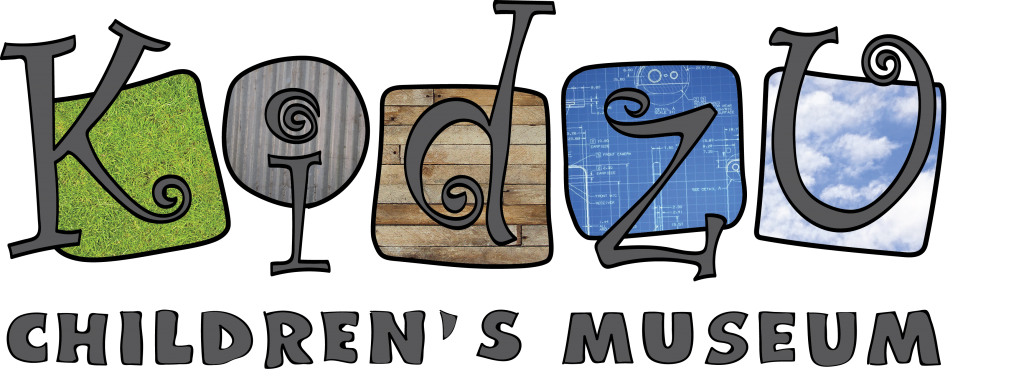Kidzu has had the pleasure of collaborating with Jessica Amsbary and her team on many different projects, specifically our Virtual Supported Playgroups! Jessica Amsbary, Ph.D., is a post-doctoral scholar at the STEM Innovation for Inclusion in Early Education Center (STEMIE) at the Frank Porter Graham Child Development Institute and an assistant clinical professor at UNC’s School of Education. Her research focuses on the role of STEM learning and initiatives for children with and without disabilities, family engagement in early intervention, and implementation science.
We asked Jessica some questions on how to integrate science, technology, engineering, and math (STEM) learning objectives into everyday activities with some of our youngest learners. Below are her responses.
What are some ways that caregivers can integrate STEM learning into their everyday activities with children ages birth – 5?
It is amazing how much science, technology, engineering, and math (STEM) are naturally occurring during everyday activities. Young children spend so much of their time exploring, trying things out, asking and answering questions – Caregivers can encourage and facilitate all of these behaviors. One simple technique caregivers can use with verbal young children is by not always providing the answers when children ask questions. Instead, caregivers can encourage children to conduct their own “investigation” and come to their own solution. I am also a big fan of encouraging children to describe how to do something such as getting dressed, what comes first, next, etc. Children can put pictures in sequential order…essentially creating an algorithm.
What are some benefits of integrating STEM learning into everyday activities?
Early STEM learning is linked to later academic gains. Also, with the ever increasing presence of technology in our world, helping children understand some of the foundational concepts of STEM and computational thinking can help empower them to seek out future STEM related careers.
What are some ways that STEM learning can be more inclusive for children with disabilities?
I think there are a number of misconceptions about STEM learning and its appropriateness for certain populations. There is a STEM learning opportunity gap for children of color, children from culturally and linguistically diverse backgrounds, and for females. STEM can and should be accessible to all children. It does not have to be done with expensive materials that are difficult to manipulate. Activities can include simple adaptations and modifications for all children to engage in learning – using larger blocks, pairing activities with visual schedules and directions, creating patterns with a variety of sounds, movements, or objects, and including materials with a variety of textures are only a few of these adaptations.
How do you see STEM learning for children changing due to the COVID-19 pandemic?
As with most forms of learning, we, at STEMIE, have shifted our focus to providing STEM supports through a virtual channel. We’ve also added a focus on developing resources accessible virtually for supporting families to integrate STEM learning throughout their daily routines and particularly during story time with their children.
Jessica has been working closely with Kidzu’s Nest team to integrate early STEM learning into our FREE virtual supported playgroups, starting Fall 2020. To learn more about this program and to register, click here!

